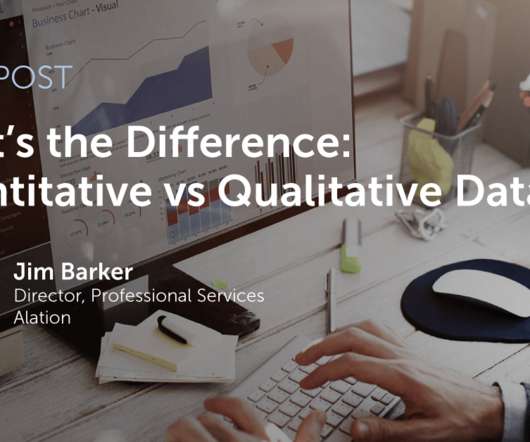How can CIOs Build Business Value with Business Analytics?
Smart Data Collective
JUNE 16, 2022
However, the rapid technology change, the increasing demand for user-centric processes and the adoption of blockchain & IoT have all positioned business analytics (BA) as an integral component in an enterprise CoE. Until now, they were proactively involved to maximize IT efficiencies and accelerate cost savings in general.













Let's personalize your content